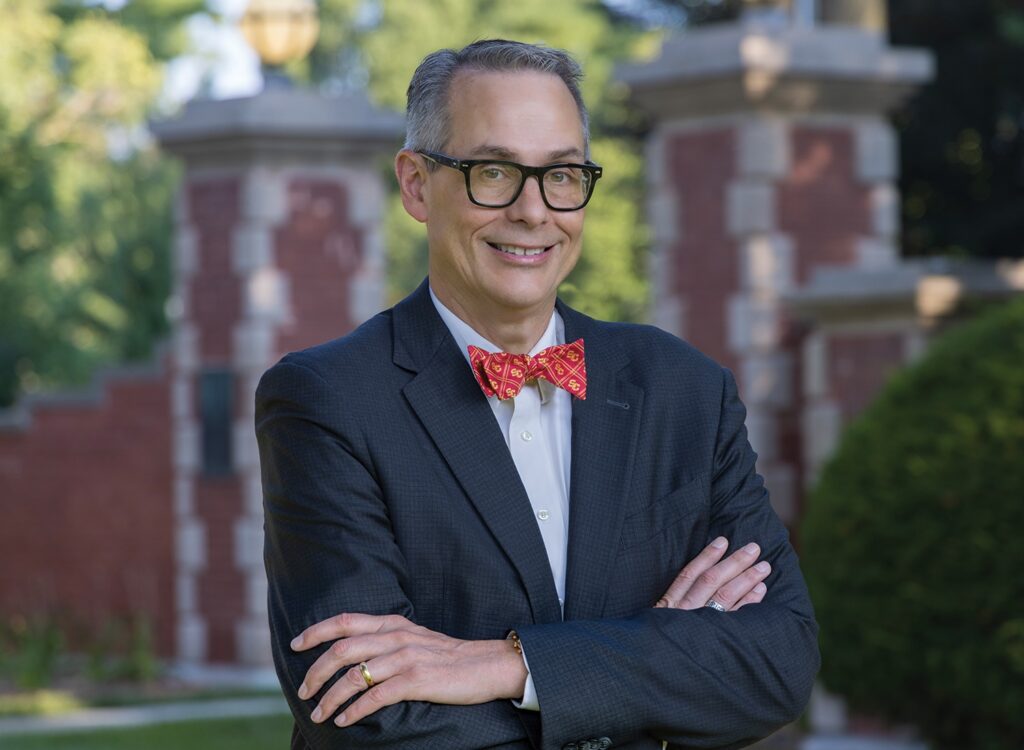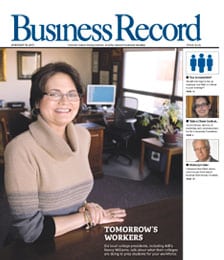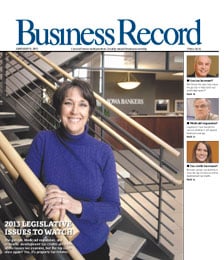Colleges work to meet needs of growing adult-learner population

.floatimg-left-hort { float:left; } .floatimg-left-caption-hort { float:left; margin-bottom:10px; width:300px; margin-right:10px; clear:left;} .floatimg-left-vert { float:left; margin-top:10px; margin-right:15px; width:200px;} .floatimg-left-caption-vert { float:left; margin-right:10px; margin-bottom:10px; font-size: 12px; width:200px;} .floatimg-right-hort { float:right; margin-top:10px; margin-left:10px; margin-bottom:10px; width: 300px;} .floatimg-right-caption-hort { float:left; margin-right:10px; margin-bottom:10px; width: 300px; font-size: 12px; } .floatimg-right-vert { float:right; margin-top:10px; margin-left:10px; margin-bottom:10px; width: 200px;} .floatimg-right-caption-vert { float:left; margin-right:10px; margin-bottom:10px; width: 200px; font-size: 12px; } .floatimgright-sidebar { float:right; margin-top:10px; margin-left:10px; margin-bottom:10px; width: 200px; border-top-style: double; border-top-color: black; border-bottom-style: double; border-bottom-color: black;} .floatimgright-sidebar p { line-height: 115%; text-indent: 10px; } .floatimgright-sidebar h4 { font-variant:small-caps; } .pullquote { float:right; margin-top:10px; margin-left:10px; margin-bottom:10px; width: 150px; background: url(http://www.dmbusinessdaily.com/DAILY/editorial/extras/closequote.gif) no-repeat bottom right !important ; line-height: 150%; font-size: 125%; border-top: 1px solid; border-bottom: 1px solid;} .floatvidleft { float:left; margin-bottom:10px; width:325px; margin-right:10px; clear:left;} .floatvidright { float:right; margin-bottom:10px; width:325px; margin-right:10px; clear:left;} As an increasing number of non-traditional students contemplate continuing their educations, at least two colleges in Iowa recently announced plans to relocate or expand in Greater Des Moines.
School administrators, who are well aware of the needs of working adults for flexible scheduling, an online-learning component and faster completion times for degree and certificate programs, are taking steps to meet those demands.
“There certainly will be a focus on growth and expansion in the next few years throughout the state,” said Chris Mason, director of the University of Phoenix’s Des Moines campus. “More and more students are looking to go back to school. The focus is on making critical resources available to them to help enhance their success as online students.”
One resource that the University of Phoenix plans to add is a new learning center in Greater Des Moines to give its predominately online-student population a place to go for services, such as enrollment counseling.
In October, Damon Trebilcock, vice president of real estate development for Heart of America Group, said the university was slated to begin occupying 8,500 square feet of office space in a two-story building under construction in his company’s Shoppes at Prairie Crossing development in Altoona.
But Mason said at the end of November that the decision regarding where to locate had not been finalized.
“We are very much in the exploration phase right now,” Mason said, adding that the college has been meeting with the Greater Des Moines Partnership and Downtown Community Alliance to consider the possibility of expanding downtown.
According to Ann Pedersen, director of public relations, enrollments are up at Phoenix’s West Des Moines campus and its student resource center in Cedar Rapids.
Though Mason didn’t provide an official count, he said he is confident that the university, which offers more than 100 degree programs and has about 240 campuses and learning centers nationwide, has more than 2,000 students enrolled in the state.
“Most area schools are trying to be responsive to adult learners,” said Rosemary Link, Simpson College’s associate vice president of academic affairs, who is responsible for the Indianola-based school’s evening, weekend and graduate programs.
Simpson, citing a need to offer a more convenient location with more student parking, as well as to advance its technological prowess, announced in November plans to relocate its West Des Moines campus.
The “traditional” student population is shrinking, said Andrea Biklen, director of Simpson’s West Des Moines campus. “Providing flexible times and schedules and locations has been more and more valuable to students,” she said, adding that many have had “life-changing events” that may prevent them from attending class at certain times.
The relocation, to the Hubbell Realty Co.-owned Century II building at 1415 28th St. from Westown Parkway, is scheduled to take place on Jan. 4
In addition to the comfort and convenience of Simpson’s new space, which Biklen said will “better suit the needs of adult students,” the 12,000-square-foot suite has been built out to include upgraded computer technology, such as increased memory, bandwidth and overall speed for Internet users. The addition of a laptop lab will also make the campus more conducive to computer-toting scholars.
“A school has to be very focused on really meeting the needs of students in an online environment,” Biklen said, adding that Simpson subscribes to a “hybrid model” of instruction, which comprises the flexibility of online classes and a “concrete connection” to the campus and instructors.
“It really reflects a trend in higher education,” Biklen said, which is to have the flexibility and freedom to work outside of class. “Our new campus will reflect that in increased technology and connectivity.”
According to Link, Simpson saw enrollments in its graduate programs increase by about a third in the spring 2010 semester from spring 2009. She said in December that Simpson had more than 500 adult graduate students and a “steady flow” of undergraduate students.
According to the U.S. Department of Education’s National Center for Education Statistics, the projected increase in college enrollment from 2007 to 2018 will be 25 percent for students who are 25-34 years old and 12 percent for students 35 and over. The department also projects that between 2007 and 2018, enrollment in graduate programs and first-professional programs, which are designed to prepare degree holders for a specific career or profession, will increase 18 percent and 20 percent, respectively, while undergraduate enrollment is expected to grow by 12 percent.
“We’re likely to see a growing number of courses offered at multiple start times throughout the year,” said Tony Pals, director of public information for the National Association of Independent Colleges and Universities. In the years to come, he said, the number of degree and certificate programs developed for adult learners will continue to rise.
Some colleges, Pals said, will adapt to the growing adult-learner population in several ways, such as more specific common areas redesigned to accommodate non-traditional students; residence hall space reconfigured for working students to rest, eat and study; the establishment of child-care facilities for single parents and private pre-kindergarten programs for working parents with young children; the development and expansion of online and on-campus student networks for adult learners; and greater encouragement of adult students and their families to attend college events.
The trend, Pals said, is being driven by a major shift in long-term demographics and the growing belief among workers and employers in the value of education.
“The bottom line for most colleges is that consumer demand for flexible academic programs that appeal to adult learners will grow in coming years,” he said. “College leaders are well aware of the trend, and institutions are planning accordingly.”







